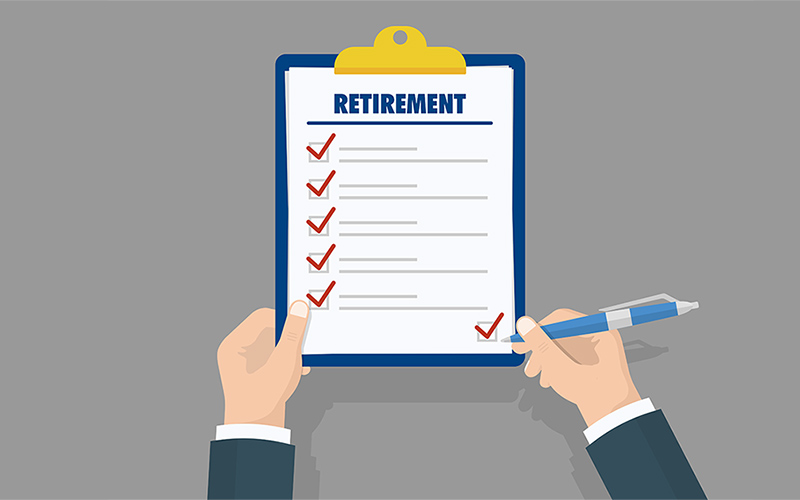
“A Checklist as you Approach Retirement”
Retirement Planning can be a tricky and complex landscape. As you close in on retirement it’s vitally important that you have your “ducks in a row” and do everything you can to ensure you are set up for the best chance of success. Unfortunately, most people begin thinking seriously about retirement a year or two before pulling the plug and this can have some disastrous wake up calls. In this issue, we dive into some helpful tips that you should start to consider 10 to 15 years before retiring.
Know What You Will Get from Social Security
Your social security benefit has many different factors such as how much you earned, how long you worked, and ultimately how much you contributed in social security tax during that time. Additionally, when you decide to take your social security benefits (between Ages 62 to 70) also plays an important role in determining your monthly benefit. Going to the Social Security Administration website and getting your personalized estimate is an important step!
Have a Plan for Healthcare Costs
You may have been covered by your employer or under your spouses plan for the last number of years. For this reason, healthcare costs and health insurance can be a big wake up call for a recent retiree. If you are over 65 you can qualify for Medicare which can help to cover portions of your costs, but many people need (or choose) to supplement this coverage with extra private insurance. Knowing that the average couple requires $285,000 in retirement to cover their healthcare should be reason enough to make this a priority.
Gather your Retirement and Non-Retirement Accounts
If you have made your retirement savings “automatic” or haven’t taken the opportunity to take stock of your investment accounts, it’s a good idea to do so. Knowing your 401K, IRA, and brokerage account balances is a good first step in determining a healthy monthly withdrawal rate and ultimately a budget to abide by in retirement.
Ensure your Portfolio Allocation Makes Sense
In your 20’s, 30’s, and 40’s your portfolio allocation may have been weighted towards more volatile investments such as stocks, but as you approach retirement it’s important to consider how much you will be withdrawing from your investments and ultimately how risky you are looking to be. For a portfolio that will be relied upon for retirement income, a good rule of thumb is to have at least 30% to 40% in “fixed income” investments such as bonds, CD’s, or cash. Talking to a professional advisor and making sure your asset allocation makes sense can pay huge dividends, especially in the first years of retirement.
Consider What your Days and Weeks Will Look Like
We can get so caught up in the financial aspect of the retirement equation that we forget to think about what day to day life will look like in retirement. We encourage clients to think about what “retirement” really means to them. For some, it might mean part-time work. For others, it could mean completely stopping all kinds of work to focus 100% on hobbies, family, etc.. Everyone is different but taking stock of your time is an important step.
These are just some of the aspects to consider as you approach retirement. If you, or someone you know, has questions like these then reach out to one of our advisors today to schedule a chat!
November 8th, 2019
